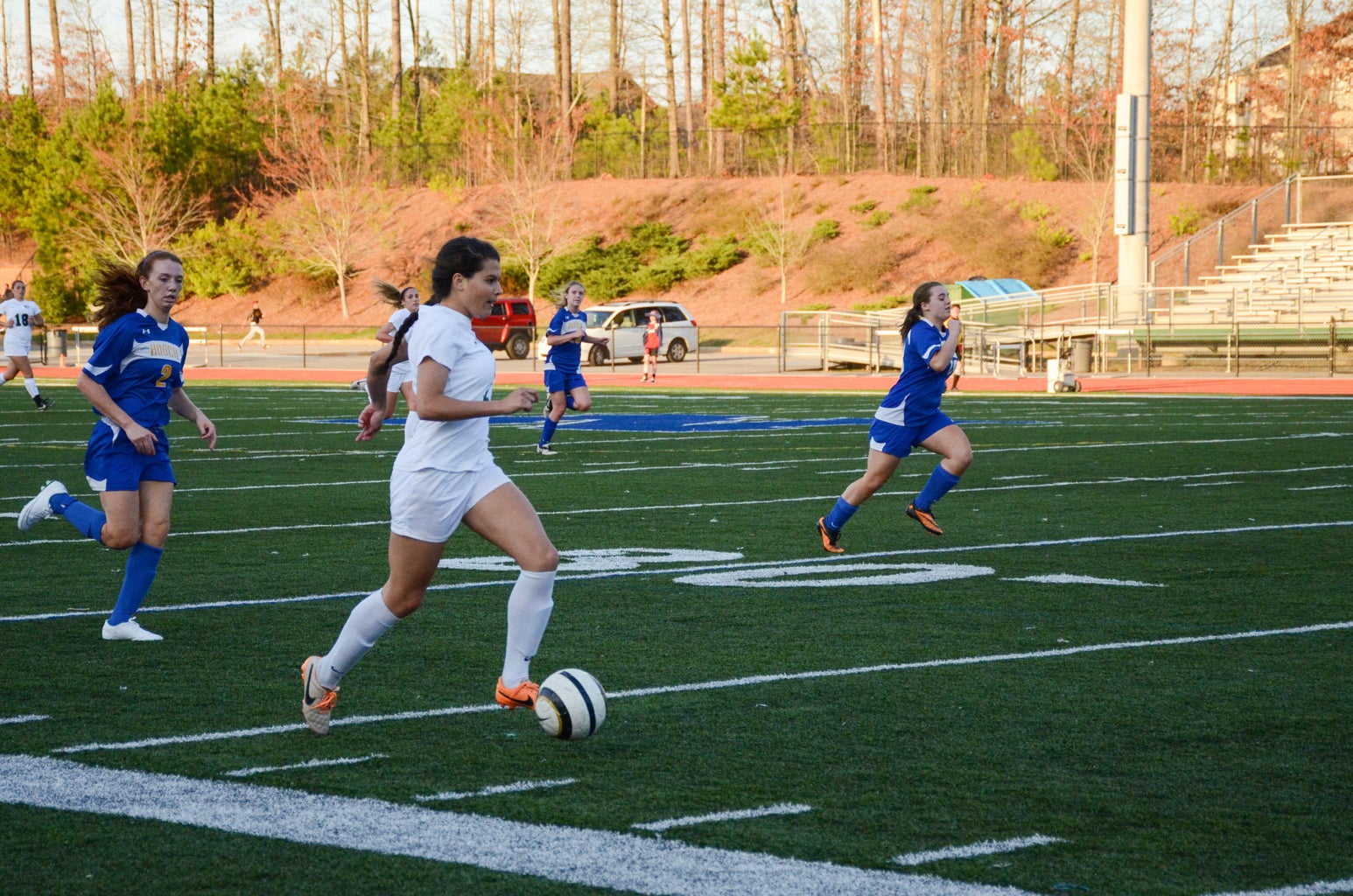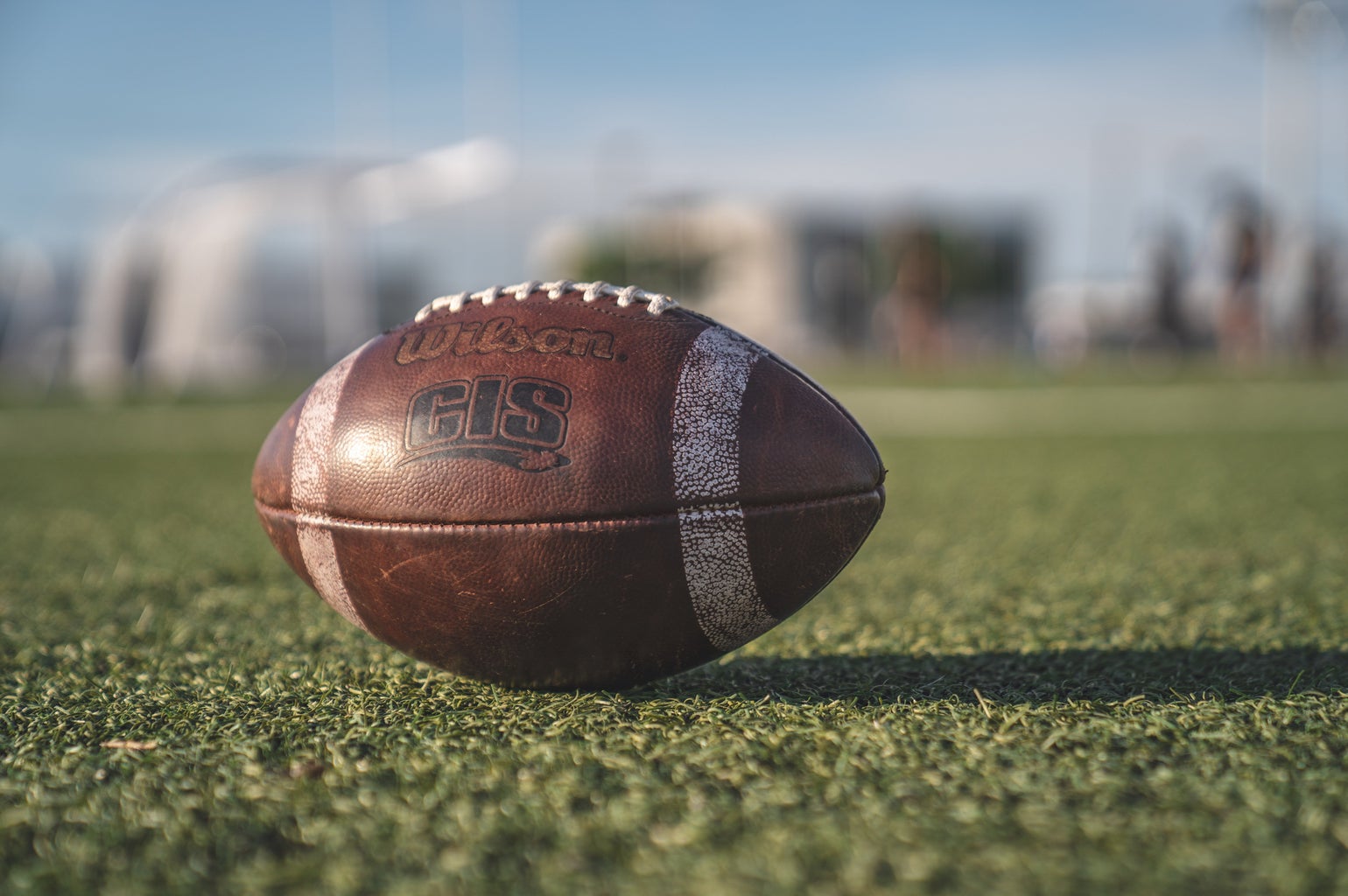We’ve all heard of the gender pay gap, right? Although we like to think that as 21st century women, we have achieved equality; according to a gov.uk report, the gender pay gap was 15.5% in 2020 among all employees. Pretty shocking, I know.
But, have you ever thought about this pay gap in women’s sports?
It’s an issue not everyone is familiar with, but it is essential to look at this topic, as we can take action to help many female athletes.
As a cyclist, I have been aware of the disparity in prize money since I was probably about 14 or 15. It’s a hot topic that was recently under the direct spotlight of the cycling world after the UCI race Omloop Het Nieuwsblad, where the winner of the women’s race Anna Van Der Breggen won 930 euros, while her male her male counterpart took away 16,000 euros. Some people may argue that the men’s winner Ballerini ‘deserved’ more money for racing 80km further, but an extra 15,070 euros is hardly justifiable over that distance.

For example, according to a BBC report the winning team of the men’s Football World Cup received ten times more prize money than the women’s winning team. Furthermore, there was a $700,000 gap in compensation costs paid to men and women’s teams.

Whilst this seems awful, rugby is an even worse offender. A report carried out by women’s equality group Work180 before the 2020 Six Nations found that the winners of the men’s competition were set to receive £5 million, whilst the women would receive nothing.

It’s not just prize money that’s the issue here though; salaries are far from being equal. It took the governing body of cycling until 2020 to decide to introduce a minimum wage of 15,000 euros for Women’s World Tour Teams. Up until that point, many professional female cyclists had to work full or part time jobs to be able to support their racing ambitions. Another example of this is shown by Melissa Breen, a 100m and 200m sprinter from Australia who had to coach part time to fund her training and racing programme. We see time and time again ‘professional’ female athletes who do not receive a minimum wage, whilst their male equivalents receive more money than the budgets of entire female sports teams.
How, in 2021, is this acceptable?
Fortunately, there’s a lot that we can do to help female athletes.
1. Watch TV Coverage of Women’s Sports
If we show that there is a demand and an audience for women’s sports on TV, it will get them more airtime. This leads to increased sponsorships due to more exposure, which will ultimately result in teams and athletes having more resources (and money).
2. Buy products from the sponsors of women’s teams
Brands won’t always support a women’s team to promote equality unfortunately. They need a return investment, so as spectators we should try to do this as much as we can. For example, if a team you like is sponsored by a great skincare brand, go and buy their products to show that their investment in that women’s squad is worth it!
3. Sign petitions to introduce a women’s minimum wage
There are tons of petitions to encourage governing bodies to pay female athletes a fair minimum wage. By putting pressure on them and sharing these on social media, we can get a greater conversation going and more people will be encouraged to support female athletes.
4. Share more about women’s teams on social media
Currently women’s sports teams don’t receive as much TV time as men’s, so to make up for this comparative lack of exposure share their content on social media. It’s a free and easy way to attract greater engagement and to encourage more people to financially back women’s sport.
5. If you love a women’s team, buy their merch!
Now I’m not saying you have to wear their entire pro kit every day for the rest of your life. Even if it’s a cap or a t-shirt, people will begin to become more familiar with the team’s name. When a team becomes well-known, the sponsorship offers will rise.
I am excited that steps are being taken to improve equality across women’s sport, and I hope that one day both salaries and prize money will be equal. However, for this to happen we as supporters of women need to help push this, and I hope through one of the ways above you can support female athletes.
Words By: Isla Rush
Edited By: Rosie Harkin-Adams



